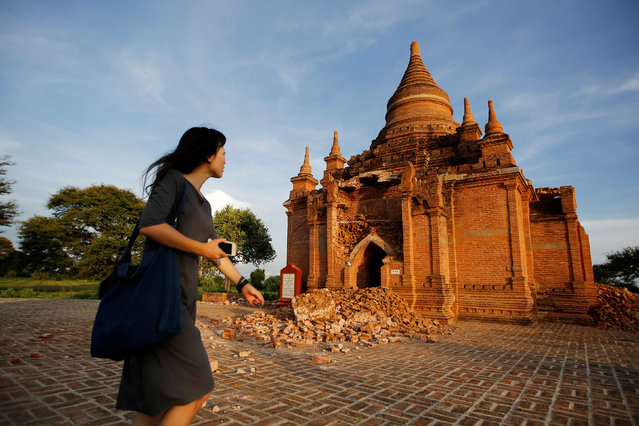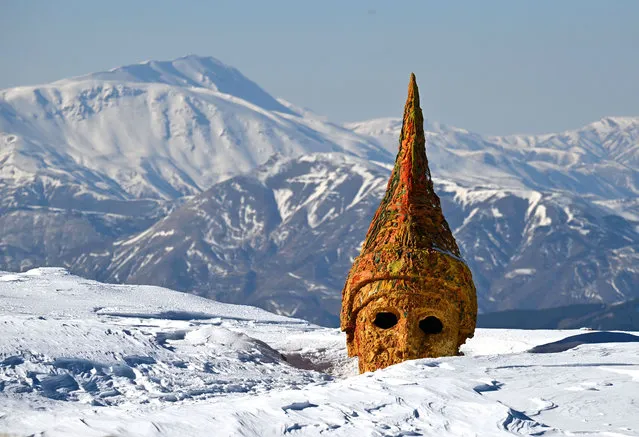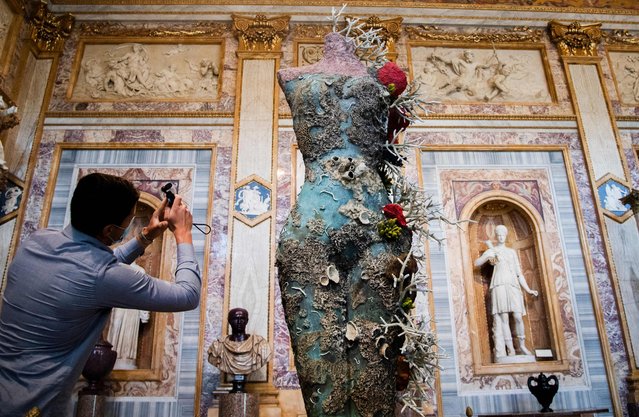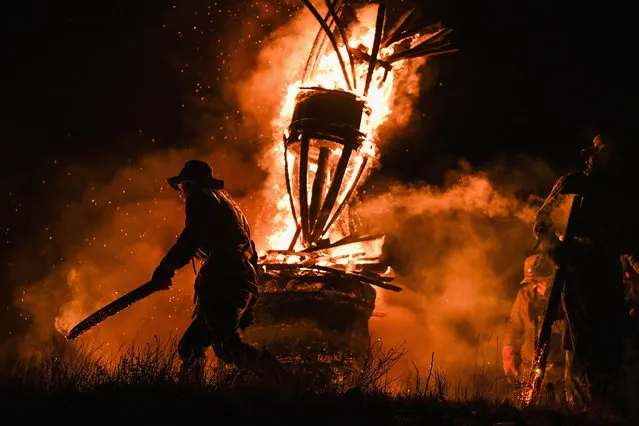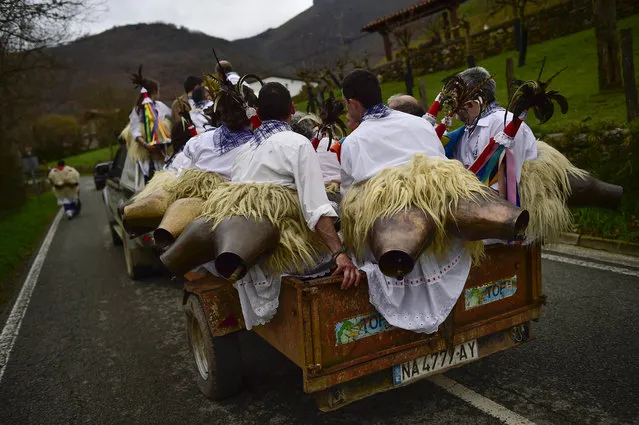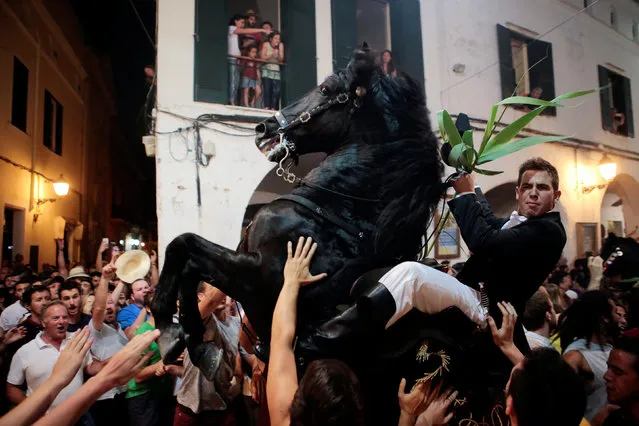
A rider rears up on his horse while surrounded by a cheering crowd during the traditional Fiesta of Sant Joan (Saint John) in downtown Ciutadella, on the island of Menorca, Spain June 23, 2016. Horse riders are representatives of ancient Ciutadella society – nobility, clergy, craftsmen and farmers. (Photo by Enrique Calvo/Reuters)
25 Jun 2016 11:53:00,post received
0 comments

